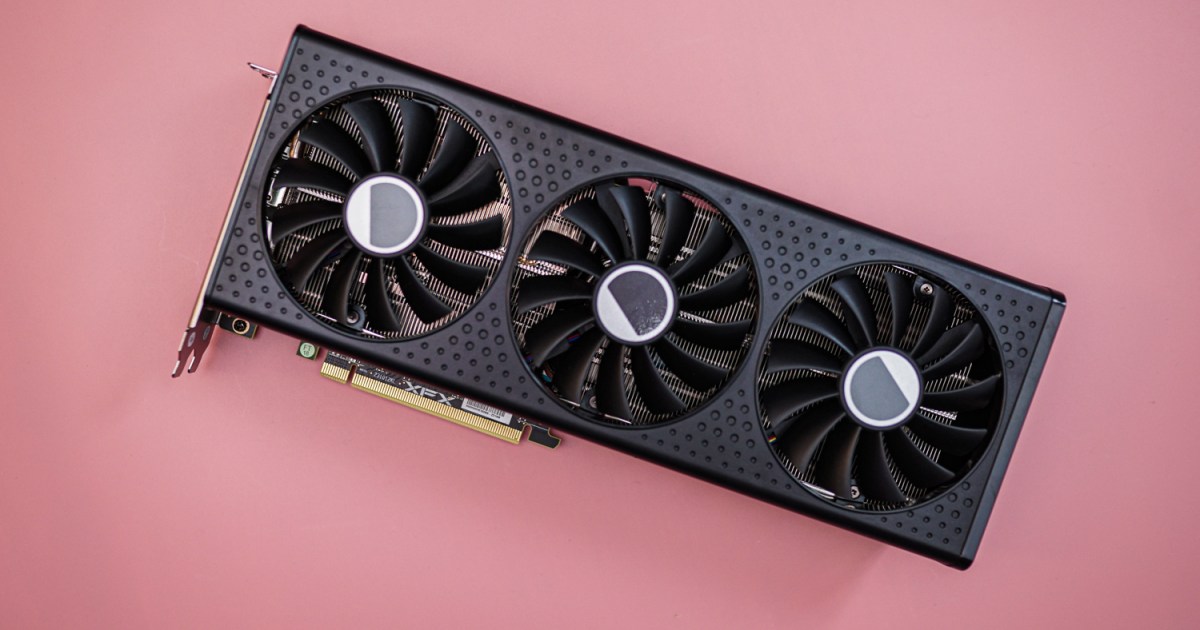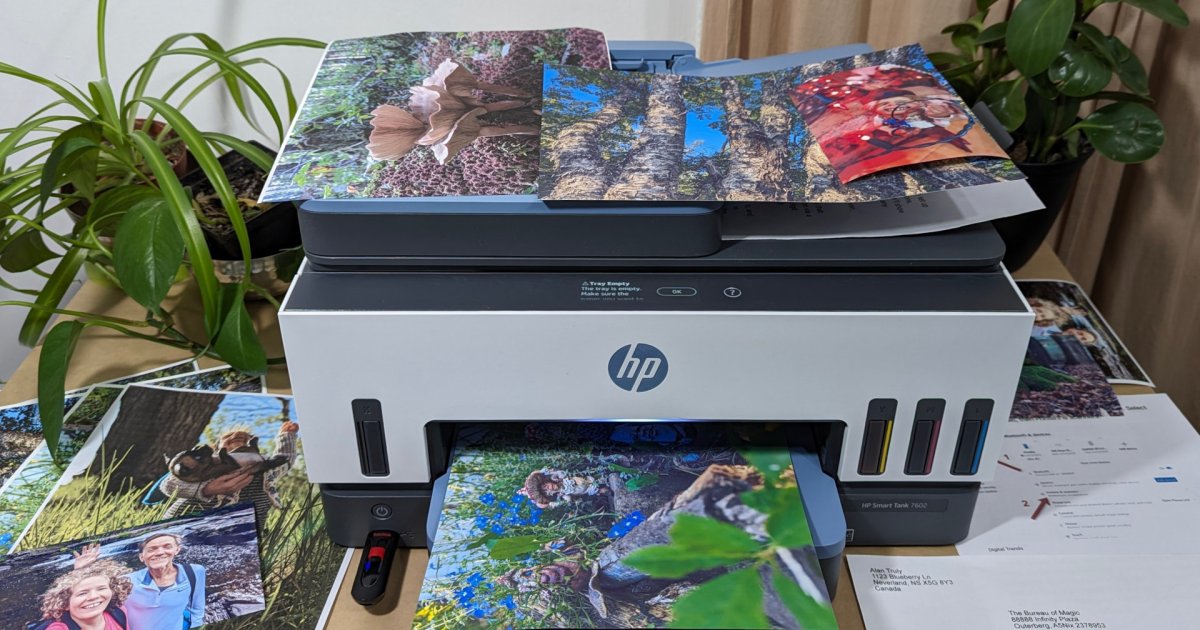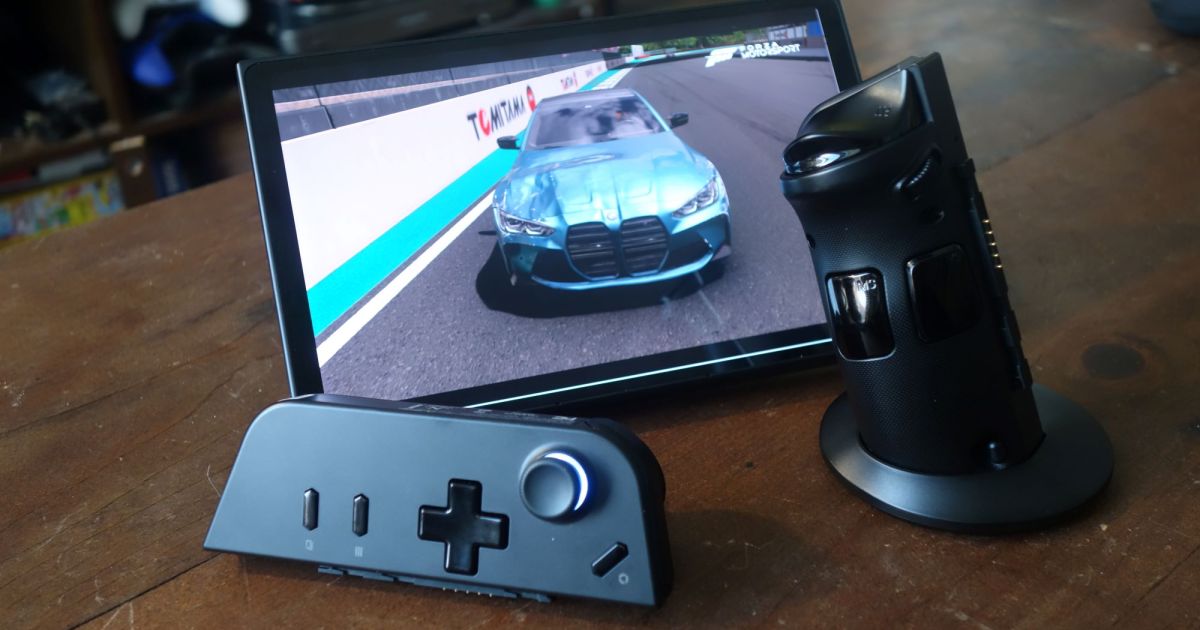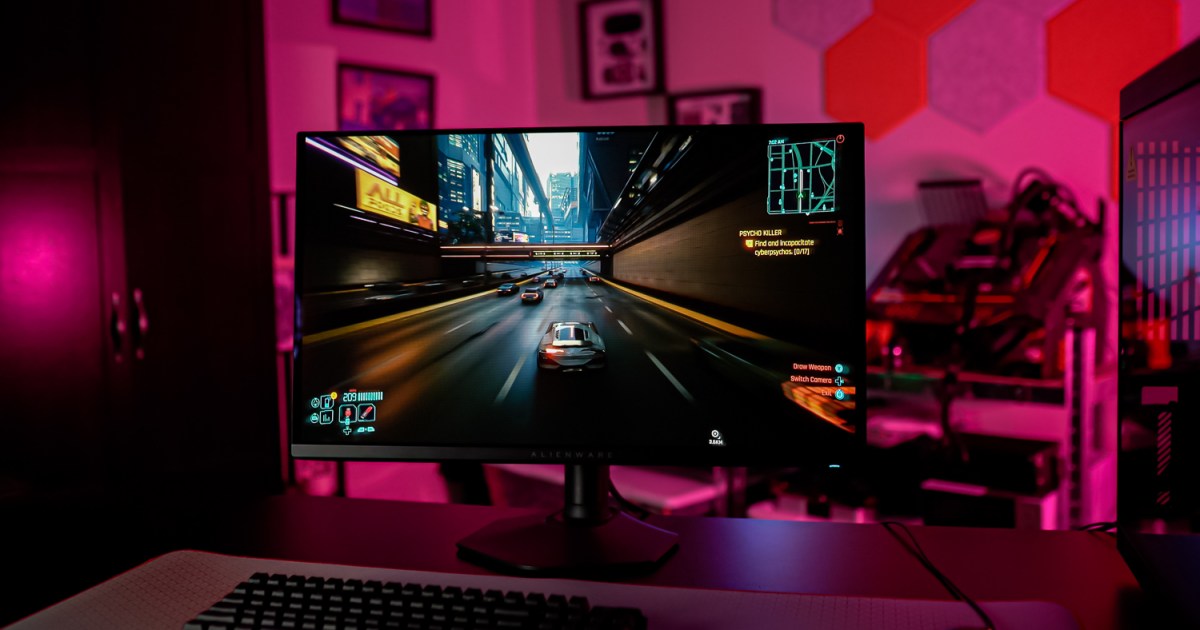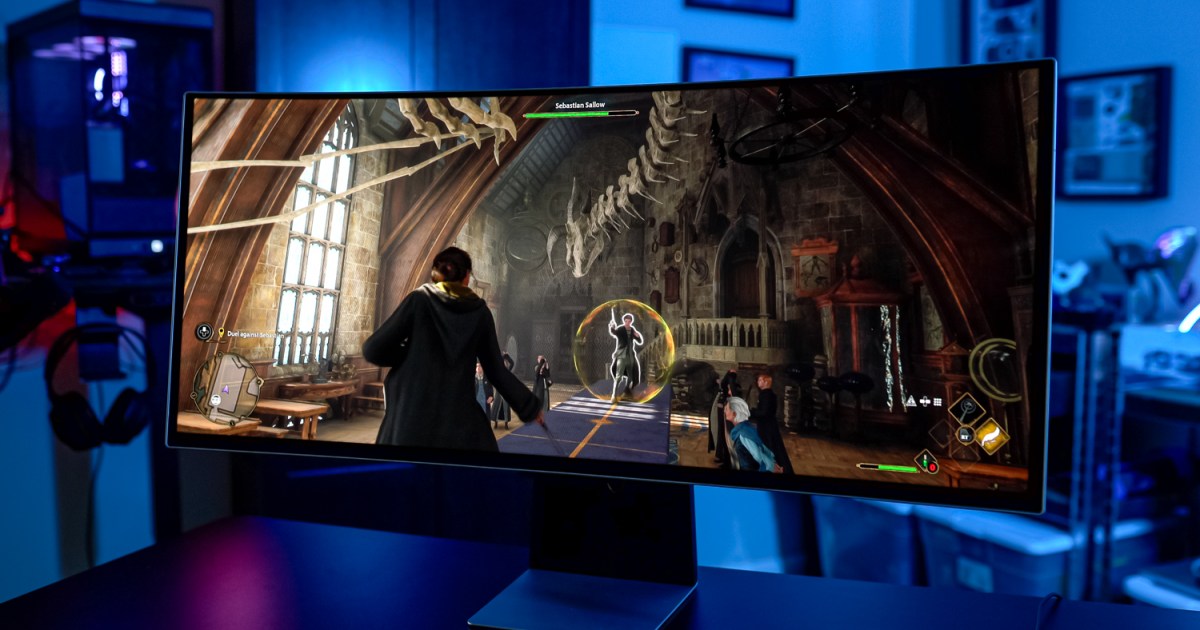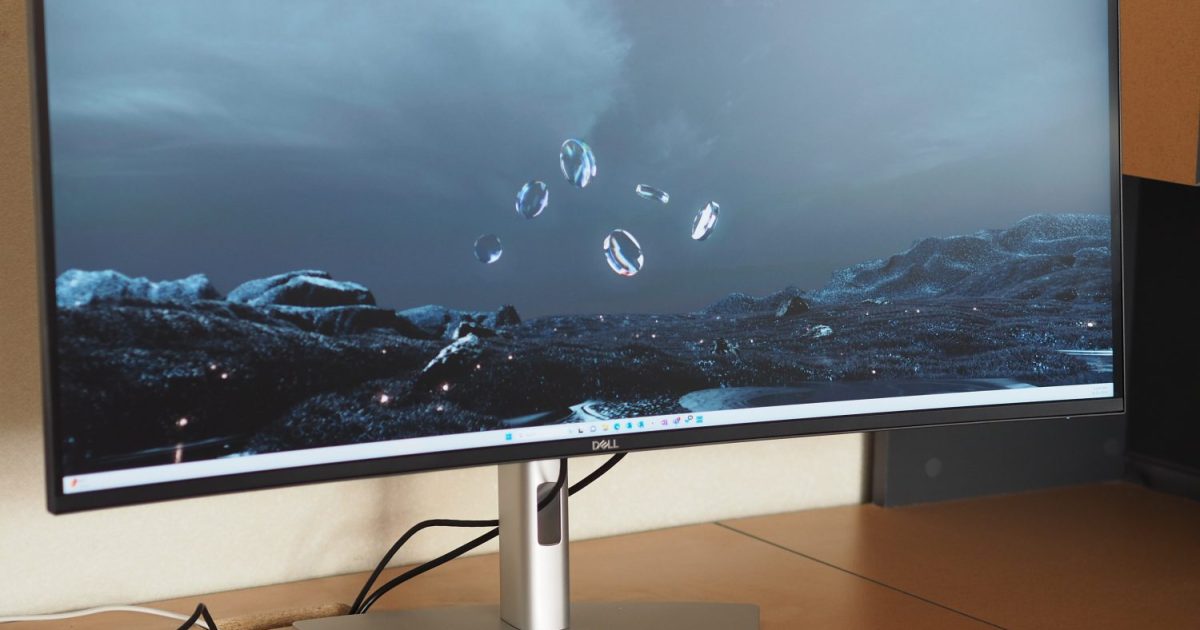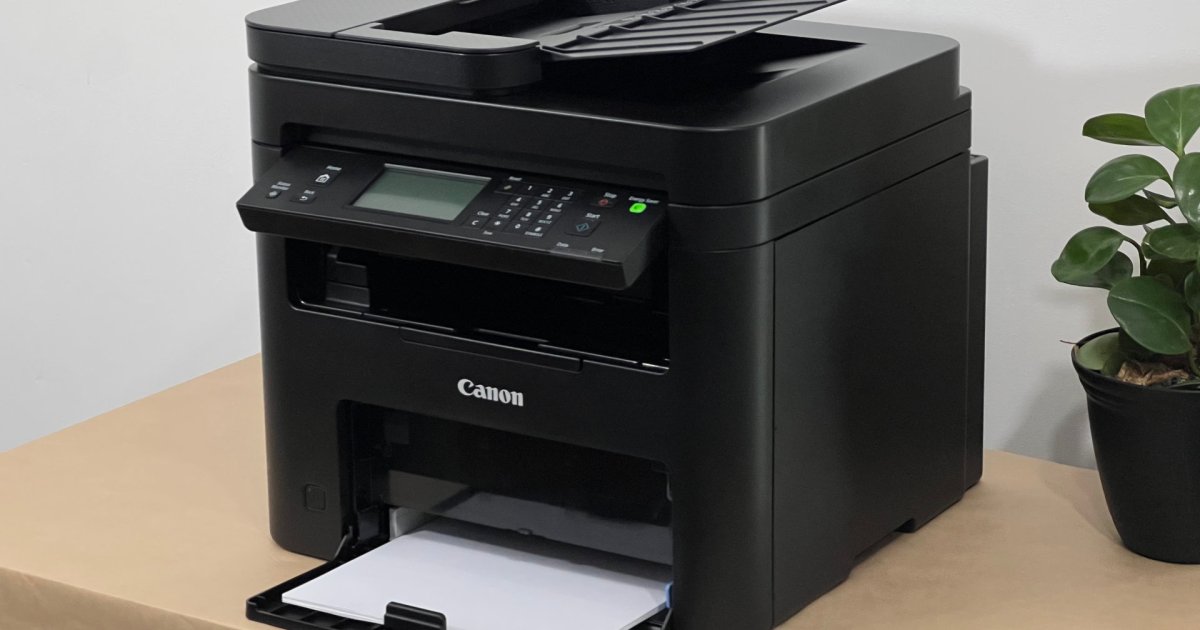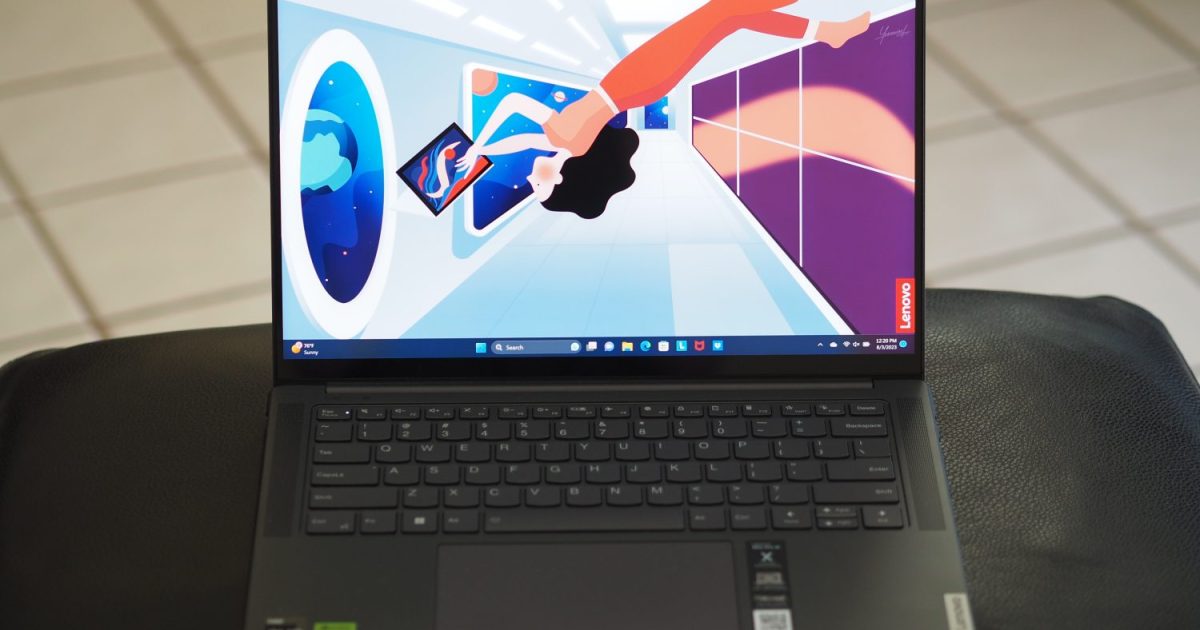The marketing hype has subsided, benchmarks have been run, and the verdict is in: The AMD RX 7600 XT remains a puzzling graphics card. While its $330 price tag initially seems like a reasonable alternative to the escalating cost of high-end GPUs, its performance doesn’t quite justify its position in the budget-focused segment. Despite boasting an impressive 16GB of VRAM, the RX 7600 XT struggles to deliver the performance boost one would expect.
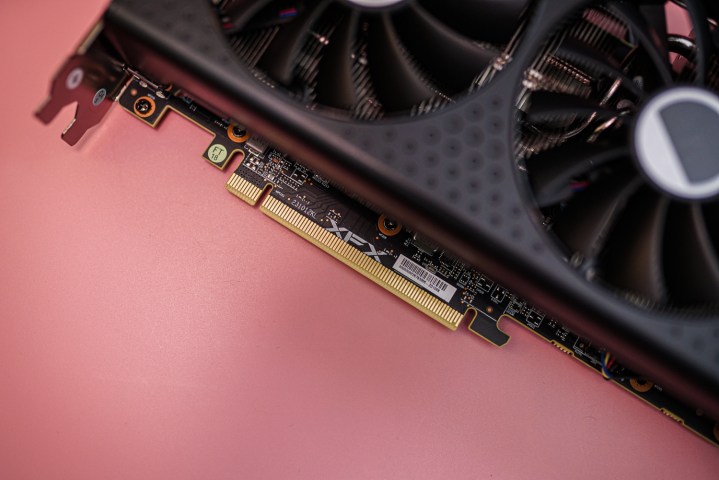 An XFX logo on the RX 7600 XT graphics card.The XFX RX 7600 XT branding.
An XFX logo on the RX 7600 XT graphics card.The XFX RX 7600 XT branding.
Specifications and Key Differences
The RX 7600 XT is a faster variant of the RX 7600, signified by the “XT” branding and a $60 price premium. Surprisingly, the core specifications between the two GPUs are remarkably similar. They share the same number of compute units and ray accelerators, along with a near-identical clock speed. The key differentiator lies in the memory configuration and power consumption.
| Feature | RX 7600 XT | RX 7600 |
|---|---|---|
| Compute Units | 32 | 32 |
| Stream Processors | 2,048 | 2,048 |
| AI Accelerators | 64 | 64 |
| Game Clock | 2.47 GHz | 2.25 GHz |
| Memory | 16GB GDDR6 | 8GB GDDR6 |
| Memory Speed | 18 Gbps | 18 Gbps |
| Memory Bus | 128-bit | 128-bit |
| TDP | 190W | 165W |
The XT model doubles the VRAM to 16GB, but retains the 128-bit memory bus and 32MB Infinity Cache. The TDP also sees a bump to 190W, likely contributing to the marginal performance gains observed. While the increased VRAM benefits select titles, it doesn’t translate to a consistent performance advantage.
Synthetic Benchmarks: A Mixed Bag
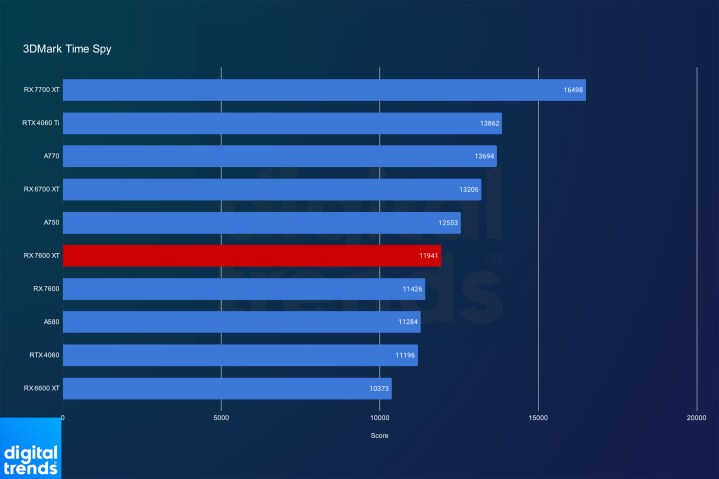 Performance of the RX 7600 XT graphics card in 3DMark Time Spy.3DMark Time Spy benchmark results.
Performance of the RX 7600 XT graphics card in 3DMark Time Spy.3DMark Time Spy benchmark results.
In 3DMark Time Spy, the RX 7600 XT is only 5% faster than the base RX 7600, a meager return for a 22% price increase. The last-gen RX 6700 XT, often available around $350, outperforms the RX 7600 XT by 11%. Competitors like the Intel Arc A770 (around $300) also offer superior performance in this benchmark.
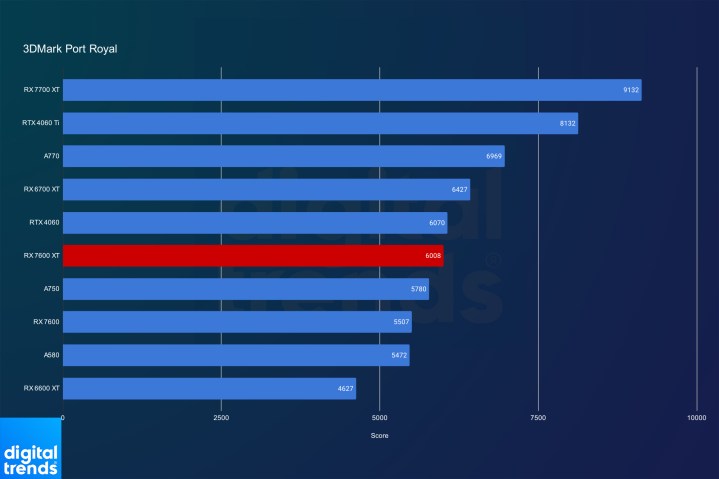 Performance of the RX 7600 XT graphics card in 3DMark Port Royal.3DMark Port Royal benchmark results.
Performance of the RX 7600 XT graphics card in 3DMark Port Royal.3DMark Port Royal benchmark results.
In the more modern 3DMark Port Royal, the RX 7600 XT fares slightly better with a 9% improvement over the base model, likely due to the increased VRAM utilized in ray tracing. However, it still trails behind the RTX 4060 and RX 6700 XT.
Gaming Performance: 1080p and 1440p
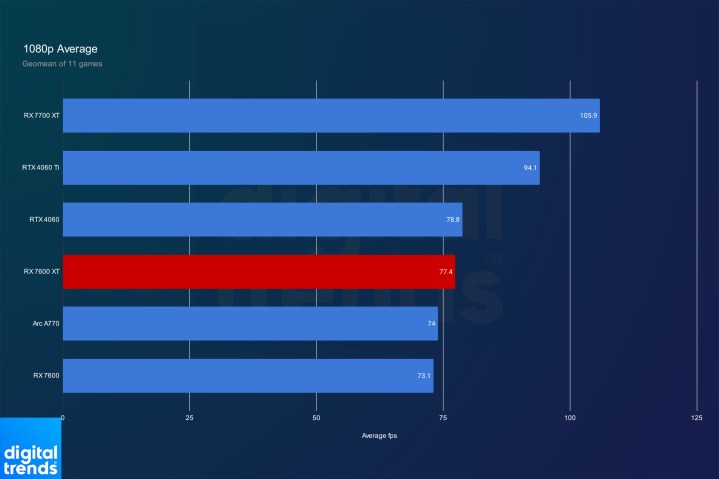 RX 7600 XT performance at 1080p.Average 1080p gaming performance.
RX 7600 XT performance at 1080p.Average 1080p gaming performance.
At 1080p, the RX 7600 XT delivers an average 6% performance increase over the RX 7600. This gain is inconsistent across titles, with games like Cyberpunk 2077, Returnal, and Horizon Zero Dawn showing minimal improvement. In several instances, the RTX 4060 offers comparable performance at a lower price point.
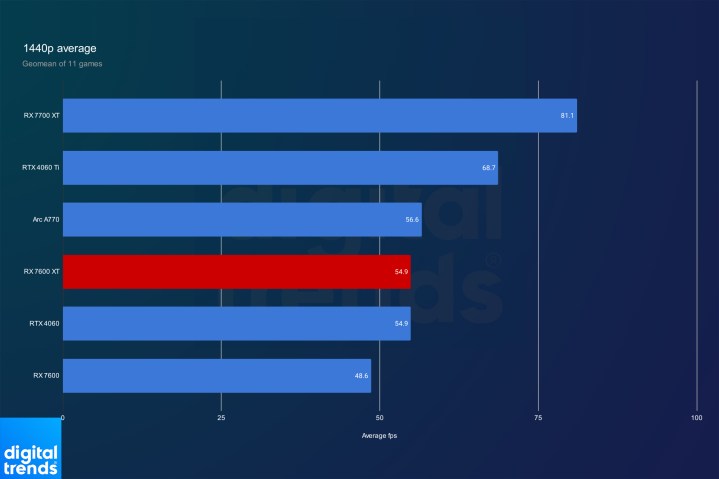 AMD RX 7600 XT graphics card performance at 1440p.Average 1440p gaming performance.
AMD RX 7600 XT graphics card performance at 1440p.Average 1440p gaming performance.
The performance gap widens at 1440p, with the RX 7600 XT achieving a 13% improvement over the base model. However, the RTX 4060 and Arc A770 remain competitive, often outperforming the RX 7600 XT while costing less.
Ray Tracing and Upscaling: A Glimmer of Hope?
The additional VRAM does benefit ray tracing performance, with the RX 7600 XT showing significant improvement compared to the base RX 7600. However, it still lags behind Nvidia and Intel offerings. While AMD Fluid Motion Frames provides a frame generation solution, it doesn’t match the capabilities of Nvidia’s DLSS 3.5.
Conclusion: A Question of Value
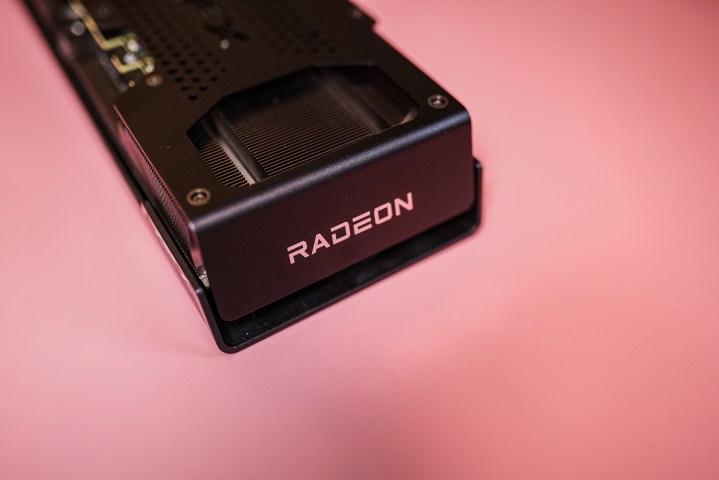 Radeon logo on the RX 7600 XT graphics card.The Radeon logo on the RX 7600 XT.
Radeon logo on the RX 7600 XT graphics card.The Radeon logo on the RX 7600 XT.
The RX 7600 XT’s $330 price tag is its biggest downfall. While the 16GB VRAM shines in select VRAM-intensive titles like The Last of Us Part One, the overall performance gains don’t justify the premium over competitors like the RX 6700 XT, Arc A770, and RTX 4060. For most PC gamers, alternative options in the $300 price range offer a better balance of performance and value.



